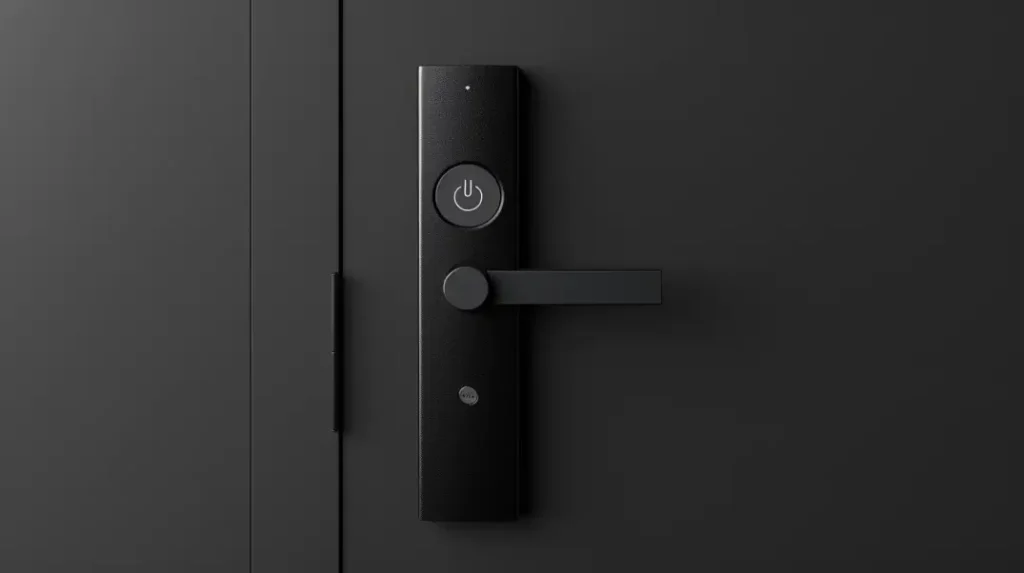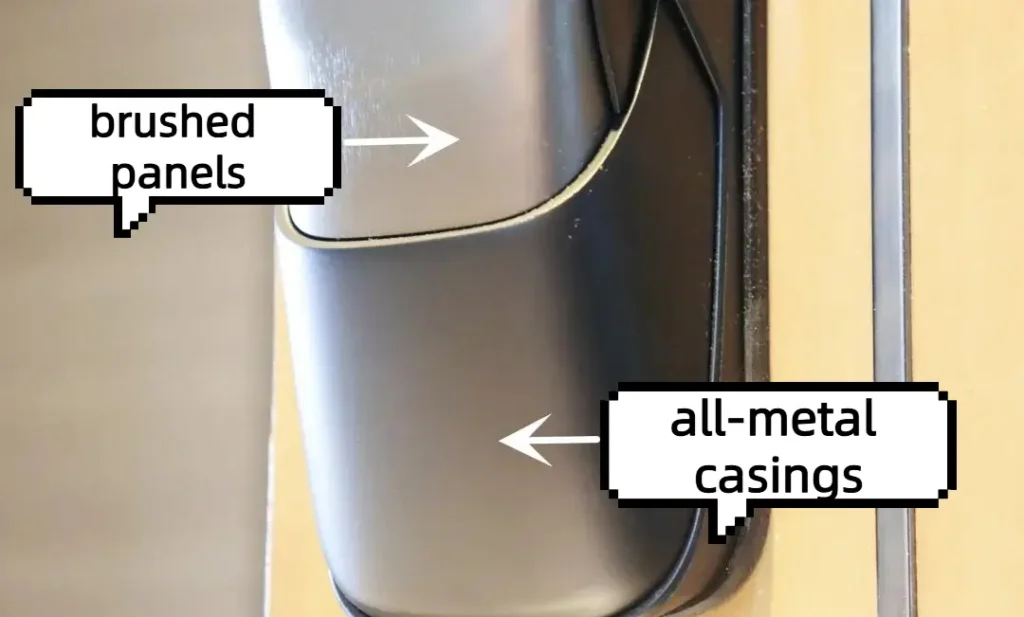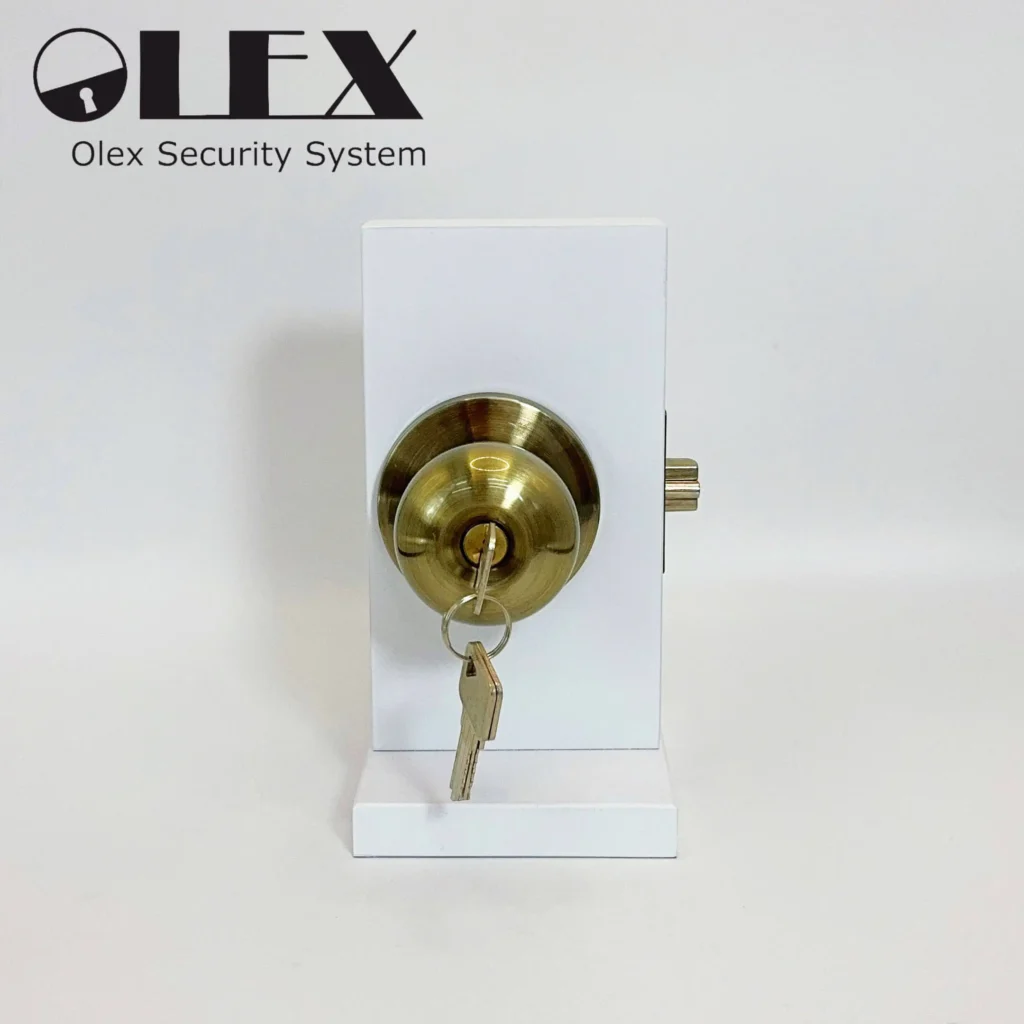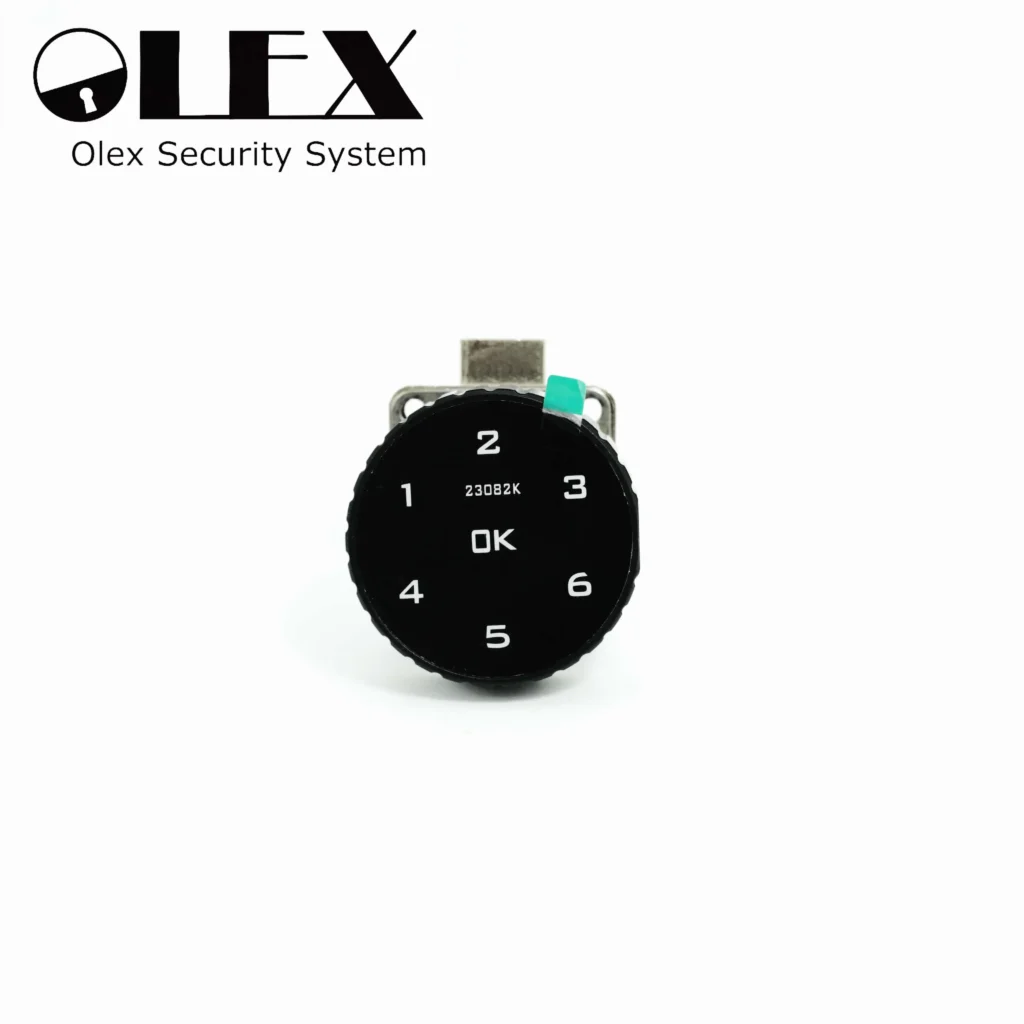5 Reasons Why High-End Smart Locks Fail To Impress
Why high-end smart locks cannot be sold?
After reading the negative reviews from netizens, I suddenly understood the difference between smart door locks priced over $150, $450, and $750. While it is true that you get what you pay for, cost-effectiveness is also an important factor to consider. Sales of smart door locks priced above $750 are the lowest on various platforms, whereas mid-range products priced above $450 are the most popular.
Why is this happening? After reading the negative reviews from netizens, I suddenly understood.
The key lies in the balance between features and price. Locks priced over $150 often lack advanced security features and durability. On the other hand, those priced above $750, while offering top-notch security and smart features, might be seen as too expensive for the average consumer. Mid-range locks, priced around $450, strike a balance by offering good security, reliable features, and better overall value, making them the most popular choice among buyers.

Smart Lock security
All C-level lock cylinders
@Mollon2022: All smart door locks have the highest anti-theft level C-level lock cylinder.
Compared with ordinary door locks, the safer aspect of smart door locks is that the inner and outer lock bodies are independent. If the outer part is damaged or smashed, the inner part remains intact, preventing the door from being opened. This is a fundamental characteristic that all smart door locks share, regardless of price.
High-priced smart door locks do not significantly improve safety. Many “purchase guides” highlight features like biometric identification (identifying fake fingerprints), virtual passwords (entering a string of numbers randomly, including the correct password to unlock), and multiple alarms (break-in alarm, forgetting to lock the door alarm, etc.). However, these features have become standard across all smart door locks, so there is no need to prioritize them when choosing a lock.
Given that security is essentially the same across all smart door locks, one might wonder why anyone would opt for the more expensive models. The answer lies in additional features and build quality. Expensive smart locks might offer better materials, more advanced connectivity options, longer battery life, or a more seamless user experience. They might also have superior design and brand prestige, which can be appealing to some consumers.
However, for those of us who prioritize cost-effectiveness, the lack of significant improvement in safety with higher-priced models can be discouraging. Why spend more when the core functionality—security—is the same? This realization has led many to prefer mid-range smart door locks that offer a balance of necessary features and reasonable pricing.
In conclusion, while high-end smart door locks may provide extra perks, the fundamental safety features are consistent across all price ranges. This understanding helps consumers make more informed decisions based on their individual needs and budget constraints.
Smart Lock Appearance
High grade material stacking
@Detective Dling: The so-called “high-end” refers to the blind stacking of expensive materials.

A smart door lock priced at around $150 typically has a plastic outer shell, with the password panel often made of tempered glass or acrylic. In contrast, a smart door lock priced at approximately $450 features nearly all-metal casings and brushed panels, offering a more durable and aesthetically pleasing design.
When we move to the high-end smart door locks priced around $750, there is a significant upgrade in the material of the shell. These locks may use materials ranging from aluminum alloys and stainless steel to aviation-grade aluminum. The panels also evolve from brushed to painted finishes and even anodizing processes. Additionally, decorations advance from simple plastic to high-end materials such as metal and solid wood.
However, it is important to note that despite these premium materials, the core function of the lock remains unchanged. Aesthetics aside, the safety and security features of a $750 smart door lock are essentially the same as those of a $150 or $450 lock. The lock core and lock body materials do not see any significant improvements.
So, the question arises: are you willing to pay for the enhanced appearance of a lock? Most people answer with their purchasing choices: No! The functionality and security of the lock are paramount, and if the core safety features are the same, many consumers are not inclined to pay a premium just for better looks and more luxurious materials.
In conclusion, while high-end smart door locks may boast superior materials and a more refined appearance, the essential security features remain consistent across all price ranges. For those who prioritize cost-effectiveness and security, mid-range smart door locks often provide the best balance between necessary features and reasonable pricing.
Smart Lock Function
Advanced features are of little use
@Brother Dong: There are many functions, but they still use the most basic ones.
High-end smart door locks often boast a variety of advanced features. In addition to the basic methods like password and fingerprint unlocking, and temporary password options, they also offer sophisticated unlocking methods such as facial recognition, palm print recognition, and remote control keys. There are also more ways to unlock from the inside of the door, enhancing convenience and flexibility.
However, many users report that these additional unlocking methods are not particularly practical. For instance, my smart door lock includes a facial recognition feature. Each time I stand at the door, I have to wait over ten seconds for it to recognize my face, and the recognition rate is disappointingly low. Various factors like wearing a hat, wearing a mask, or being in dim lighting can all cause the facial recognition to fail. This significantly undermines the convenience these high-end features are supposed to offer.
The promise of advanced technology in high-end smart door locks sounds appealing, but in practice, it often falls short. Many of these features are more about adding bells and whistles than providing real utility. The basic functions like password and fingerprint unlocking are reliable and efficient, but the more advanced methods can be inconsistent and frustrating to use.
In summary, while high-end smart door locks come with a host of impressive-sounding features, their practical usefulness can be limited. For many users, the core functions of security and basic convenience are what truly matter, making mid-range models with proven reliability a more attractive option.
Facial recognition unlocking
In addition, high-end smart door locks often come with functions similar to electronic cat eyes, such as visual intercom, remote monitoring, and indoor display screens. These features sound quite useful in theory, offering enhanced security and convenience.
However, my experience has shown that these features can fall short in practice. Despite having these functions for over two years, I have never used a single video feature. The so-called “electronic cat’s eye” can only view outdoor conditions in real time and cannot save videos automatically—it only allows manual saving. This limitation significantly reduces its utility as a security feature.
The idea of having an all-in-one smart door lock with advanced monitoring capabilities is appealing, but the execution often leaves much to be desired. The practicality of these features is limited if they don’t offer automatic recording or easy access to stored footage. For most users, the core functions of locking and unlocking, combined with reliable security features, are far more valuable than a suite of underperforming extras.
In conclusion, while high-end smart door locks come packed with advanced features like visual intercom and remote monitoring, their practical application can be limited. These additions often sound better in theory than they perform in reality. As a result, many users, myself included, find that the essential functions of mid-range smart locks provide the best balance of reliability, security, and cost-effectiveness. The extra features, though intriguing, may not justify the higher price tag when they fail to deliver real-world benefits.
Remote monitoring interface
Spending an extra $300 to $600 on high-end smart locks for mediocre and often useless features can feel like a waste. This leads to the question: are high-end smart locks essentially “cutting leeks,” or exploiting consumers?
High-end smart locks certainly offer a range of advanced features like facial recognition, visual intercoms, and remote monitoring. However, if these features are unreliable or difficult to use, their value diminishes significantly. The core functions of security and basic convenience, provided effectively by mid-range models, often suffice for most users.
So, while high-end smart locks may appeal with their cutting-edge technology and sleek designs, their practical benefits may not justify the steep price. It’s essential for consumers to critically assess whether these additional features truly enhance their security and convenience or if they are simply paying a premium for unnecessary extras.
Smart Lock Application
No significant improvement
Netizens’ experiences reflect a common sentiment: “I switched from a mid-range lock to a high-end lock, but I didn’t notice any change in usage.”
The most noticeable difference in user experience is between a lock priced at approximately $150 and one priced at around $450. A smart lock priced at $150 feels relatively stiff, with noticeable stuttering and noise during operation. In contrast, a $450 lock operates very smoothly, with quiet opening and closing due to appropriate damping mechanisms.
However, a smart lock priced at $750 does not show a significant improvement in user experience compared to the $450 model. In my opinion, smart locks today still produce noise when they lock or unlock, unable to achieve the complete silence of high-quality mechanical locks. This is likely due to technical limitations that prevent further improvement in this aspect.
As a result, the cost-effectiveness of high-end smart locks decreases further. A $150 smart lock is an entry-level option that lets you experience the convenience smart locks bring to your life. A $450 smart lock is of high quality and enhances the experience of opening and closing doors. A smart lock priced at $750, however, is more about prestige, akin to luxury items such as designer bags and jewelry. It’s meant for others to see, with little improvement in practical use.
In summary, while high-end smart locks may offer superior materials and additional features, the actual user experience doesn’t justify the significantly higher price tag for many consumers. The mid-range smart locks often strike the best balance between cost and functionality, providing a smooth and reliable experience without the need for exorbitant spending.


